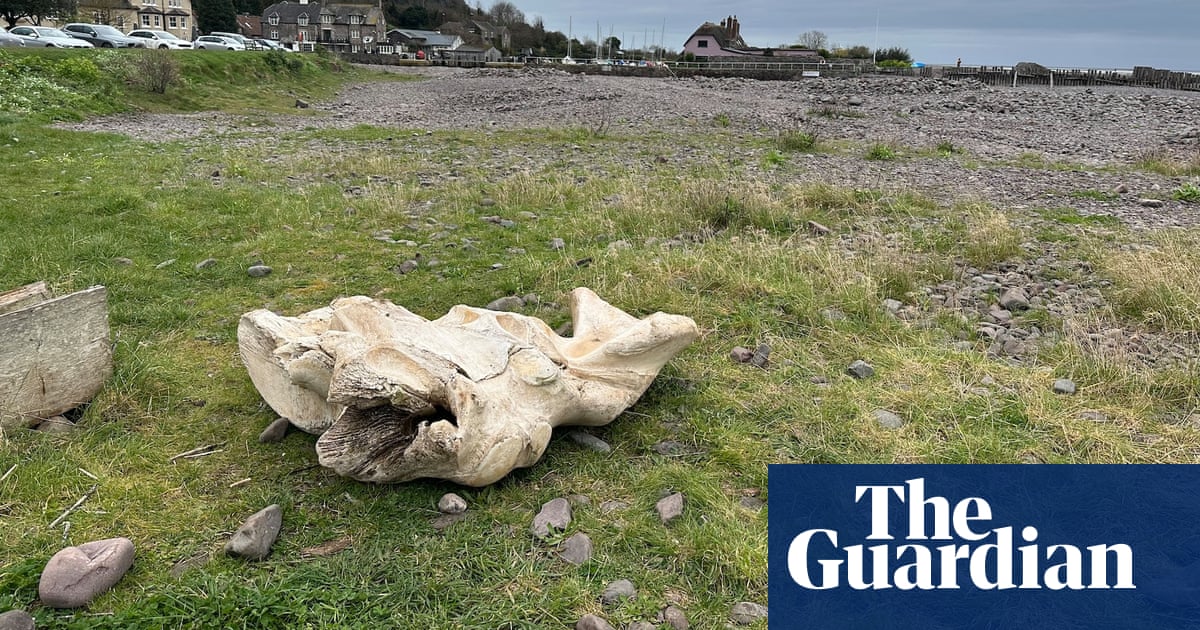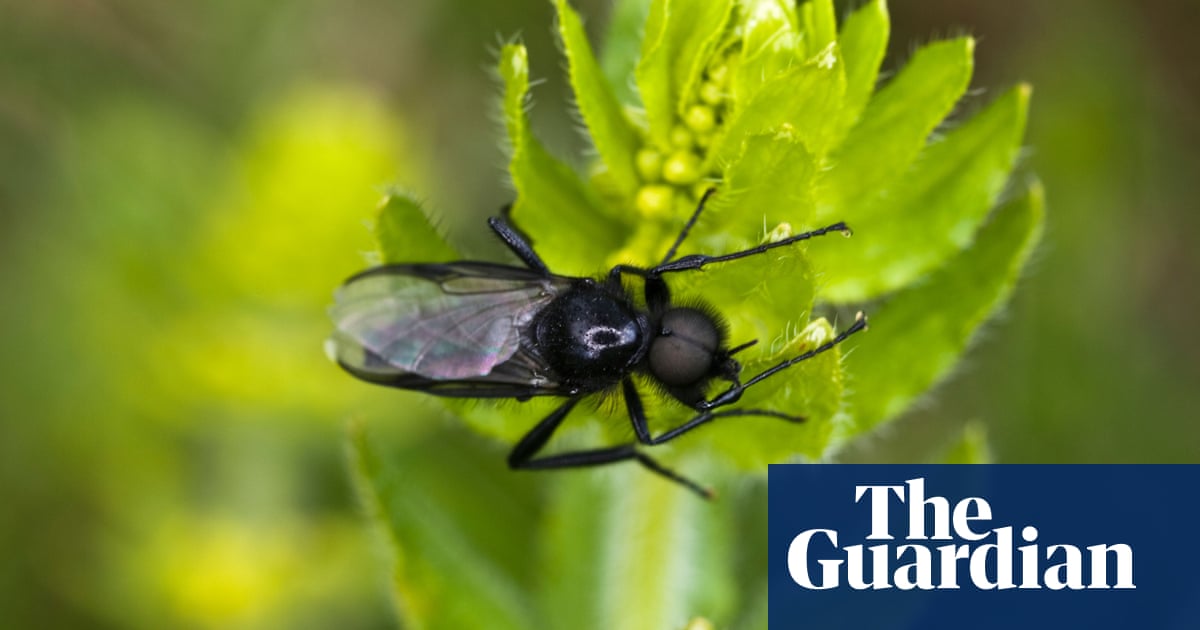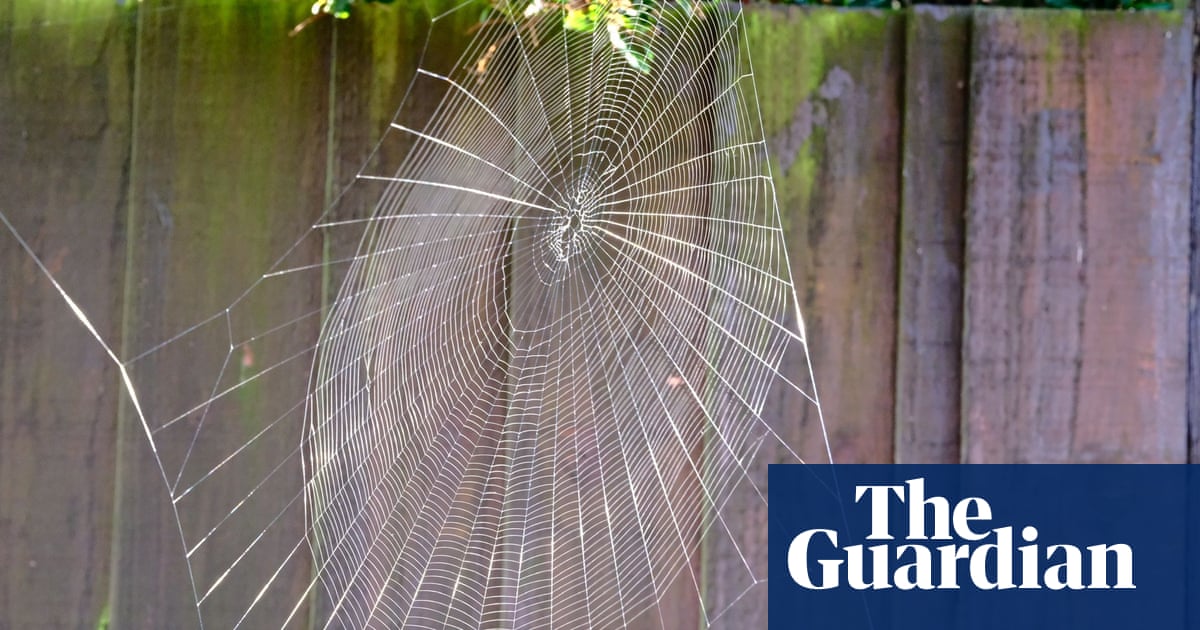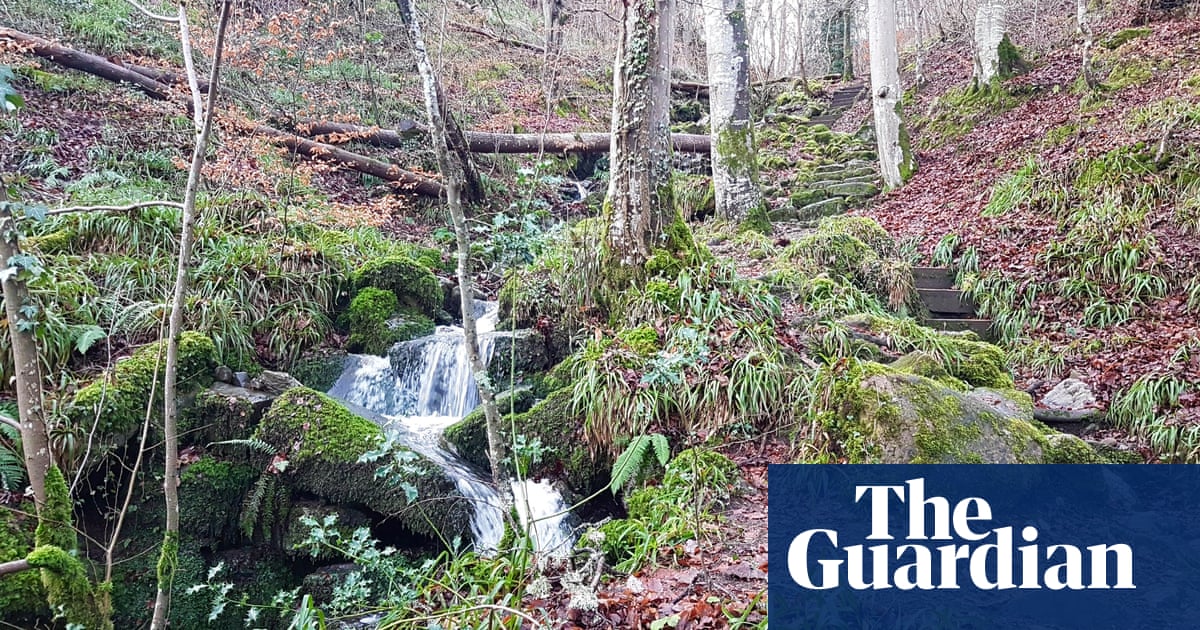
There was a chill in the air as I wandered down to the harbour, but the breeze had dropped and the sea lay as calm as the neighbouring mill pond. The tide was high, the water lapping against the crumbling red brick sea defences. A flock of black-headed gulls had gathered near the old sea gates. Some hovered above the water, dipping down to snatch insects from the surface, while others paddled in lazy circles, their heads cocked as they peered into the depths.
There was a splash as one gull dived, popping up with a writhing fish in its bill. As it gobbled down its catch, a silver-scaled mullet rocketed two feet in the air, falling back into the water on its side. Three more jumped in quick succession. A set of ripples radiated out in concentric circles. The shoal was swimming just below the surface, breaking the surface tension as they rose. I began to make out their torpedo shapes beneath the dimple rings. Mature mullets can grow to 70cm in length, but these fish were juveniles, 10cm or smaller.
Three species can be found in Langstone harbour – the golden grey (Chelon aurata), the thinlip (Chelon ramada) and the thicklip (Chelon labrosus). All have streamlined bodies with small heads, flattened snouts and deeply forked tails, so it is difficult to tell them apart, but these were likely to be the thicklipped, the most common species.
Mullets have a varied diet, consuming small invertebrates and benthic diatoms found in the seabed sediment, and grazing on marine vegetation. The fish began nibbling away at a curtain of gut weed (Ulva intestinalis) suspended in the water. Vast swathes of this green algae blanket the mudflats, the algal growth stimulated by elevated nitrogen levels caused by effluent discharge.
Raw sewage spills are an ongoing issue in the harbour. Worryingly, the thousands of gallons of wastewater pouring into the sea expose fish to hormonal pharmaceuticals and endocrine-disrupting chemicals, which studies suggest can alter grey mullet development, causing gonadal disorders including the intersex condition, whereby testicular and ovarian tissue are found in the same gonad, impeding their ability to reproduce.












